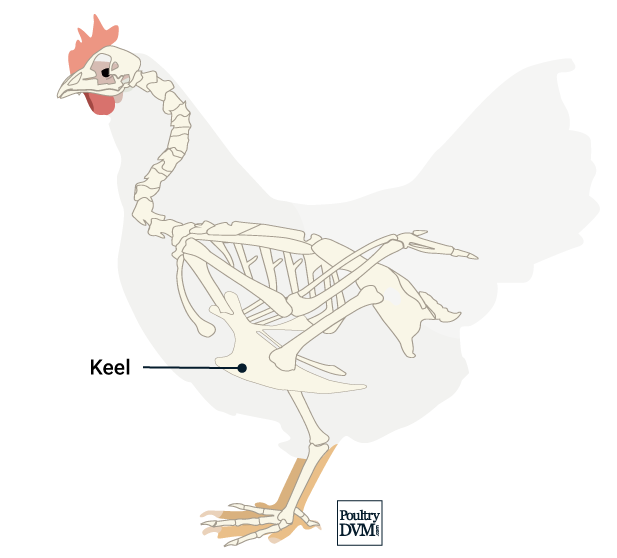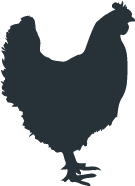Veterinary advice should be sought from your local veterinarian before applying any treatment or vaccine. Not sure who to use? Look up veterinarians who specialize in poultry using our directory listing. Find me a Vet

| Name | Summary | |
|---|---|---|
| Supportive care | Isolate injured bird from the rest of the flock, in a quiet, warm, comfortable recovery area for 3-4 weeks. Perform a body wrap using bandage material, to minimize wing movement. Make sure to wrap above and below at least one wing in order to prevent the bandage from slipping. | |
| Lower perch height |

© 2024 PoultryDVM All Rights Reserved.